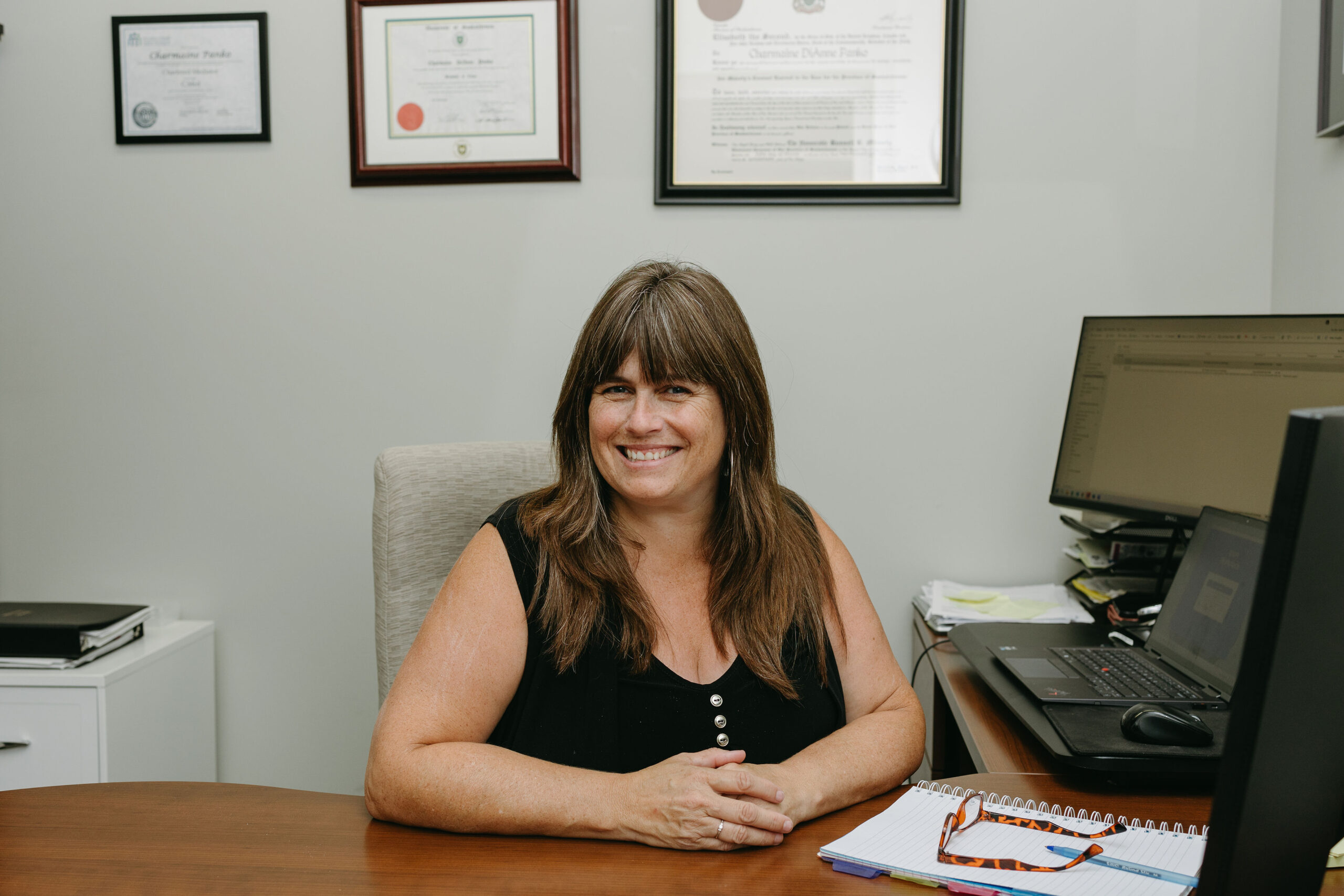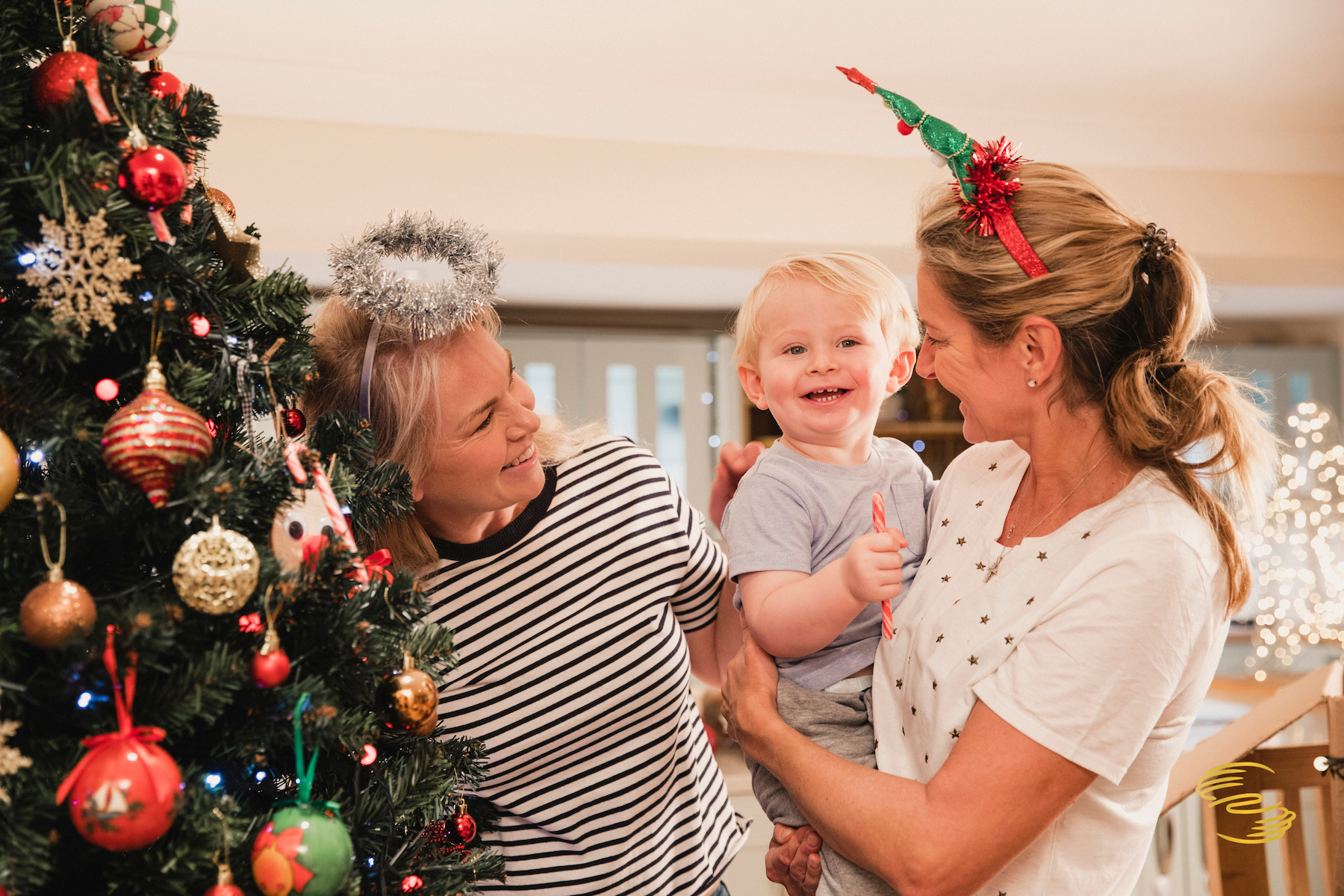Saskatchewan has one of the highest rates of domestic violence in Canada, a challenge that affects countless families across the province. To address this issue, the Safe & Together training has been introduced to equip professionals with the skills to better support survivors, hold perpetrators accountable, and foster healthier environments for children exposed to family violence. This evidence-based model is transforming how service providers, educators, and legal professionals approach family violence in Saskatchewan.
The training was brought to the province through a partnership between PATHS SK (the Provincial Association of Transition Houses and Services of Saskatchewan) and the CommonSense Mediation Academy, founded by Charmaine Panko, K.C., a Collaborative Lawyer and Mediator. Led by PATHS SK trainer Katheryn Boyce, the program aims to create lasting change for families and communities.
In an interview with CBC’s The Morning Edition, Charmaine discussed the importance of this training, its approach, and the impact it can have on families in crisis. Listen to the interview below.
You can also read the full transcript of the interview, offering insight into this critical initiative.
00:00:00 CBC Adam Hunter
Saskatchewan has some of the highest rates of domestic violence in our country. Charmaine Panko says, that across North America, 70% of domestic violence offenders will continue to have contact with their children. That’s why she wanted to bring training for the Safe & Together model to Saskatchewan. Charmaine is a lawyer and mediator with Panko Collaborative Law and Mediation.
The CommonSense Mediation Academy and the Provincial Association of transition houses and services of Saskatchewan or PATHS are co-hosting a four-day seminar in Saskatoon for the Safe & Together model. That seminar started yesterday and runs until Friday.
Charmaine joins us now to tell us more.
00:00:42 CBC Adam Hunter
Can you tell us more about why you knew something like this program was needed?
00:00:57 Charmaine Panko K.C.
Well, as you said Saskatchewan has the infamous reputation of two times the national average of domestic violence, and this is a problem that needs to have some upstream attention.
00:01:12 Charmaine Panko K.C.
So, the Safe & Together training focuses on how to help families start to have what we refer to as pattern interruption, so that their children are able to see how healthy relationships operate. Then those children are going to be less likely to find themselves in similar situations themselves in the future.
00:01:36 Charmaine Panko K.C.
This is the kind of situation they’re calling a “pandemic” within the family — of anybody who provides services to families — so we see that in the legal arena as well as social workers and education institutions. And we can talk about it all day long, but we have to start getting some tools to be able to support those families.
00:02:06 CBC Adam Hunter
And speaking of those tools, you mentioned a few of those things in there. Can you tell us more about what the Safe & Together model means?
00:02:14 Charmaine Panko K.C.
Yeah. So, the starting point is to really try to protect the person in the family who’s been victimized. And generally, and our statistics say, unfortunately, you have 1 in 3 women who experience domestic violence compared to 1 in 6 for men.
And so, though domestic violence, it’s something that everybody can experience, statistically, we see it as a genderized issue.
00:02:49 Charmaine Panko K.C.
And so, to start off with, trying to provide support for the victim of domestic violence in a way that has them actually removed from the perpetrator. And for children, our divorce legislation explicitly notes that when children are exposed to family violence, whether it’s directly or indirectly, that is akin to child abuse and it has impacts on children. So I just want to emphasize that indirect part.
A perpetrator who is exhibiting violence on their spouse, but not directly to their child, they are actually making a parenting choice that has negative consequences to their children.
00:03:42 Charmaine Panko K.C.
If in the first instance the family system can’t be reconfigured to remove the perpetrator from continuing to visit violence on the family, the next thing that the Safe & Together model is focusing on is what kind of resources can be provided for the survivor of family violence in a way that helps them be able to create safety for the children.
And you mentioned also earlier and you know statistically the fact that the perpetrator will continue to have contact with their children, that that’s part of the reality.
What can we do in the Safe & Together model that actually helps the perpetrator understand that they are making parenting choices and then teach them different parenting choices that they can make for a healthier family unit. Even if it’s a family unit that’s actually living separately or apart, it is still a family, and it has to figure out how to operate.
00:04:52 CBC Adam Hunter
Charmaine, who is your training for? Who is it designed for?
00:04:57 Charmaine Panko K.C.
The training really is something that I think everybody could benefit from, but it’s specifically targeted towards anybody who works with families.
We are a law firm, and we also provide the training for individuals who’d like to be mediators and to learn about conflict resolution.
So people who are social workers, or educators, or lawyers, anybody who works within the justice system.
But we also have people who are joining us that work within faith-based communities because everywhere we turn, wherever we have interactions with families, chances are very good that we are interacting with somebody who is experiencing family violence.
00:05:46 CBC Adam Hunter
When it comes to obstacles or issues that come up with the professionals that you’re helping, when they’re trying to help survivors and they don’t have this kind of training, what can get in their way?
00:06:00 Charmaine Panko K.C.
Well, something that came up in yesterday’s training module that I think really illustrates this point well, is the fact that a survivor of family violence is really having to cope with a tremendous number of stressors.
And as they’re trying to cope, to the outside observer, it can actually make it feel as though they’re the problem when it comes to how parenting is going.
And an example that was used yesterday would be, perhaps you’d see a mom at the laundromat with three small children, and she’s being sharp, or maybe even yelling or grabbing the child. And so the outside observer might see this and have concerns about whether their children are safe with mom.
But if they could understand what is actually happening for mom, if she is parenting on her own, and perhaps there’s been financial coercive control in the relationship she might not have access to laundry facilities, and she doesn’t have the finances or the supports in her life to have babysitters. So, she has to take those children to the laundromat.
And this is not an environment that’s necessarily conducive for children to behave well and parents to be able to fully tap into the resiliency that they are trying to grow.
So, the biggest barrier I think that we have when we don’t actually understand this from a domestic violence informed perspective is that we might see things and misinterpret what is going on when what is really needed are supports for that individual.
00:07:59 CBC Adam Hunter
Charmaine, thanks so much for your time and spending some time explaining the Safe & Together model for us today.
00:08:05 Charmaine Panko K.C.
Thank you so much for having me. Have a wonderful day.
The Safe & Together training is a vital step toward addressing family violence and creating healthier outcomes for families in Saskatchewan. If you’re a professional working with families and want to equip yourself with the tools to make a meaningful impact, don’t miss the opportunity to participate in future training sessions.
Contact the CommonSense Mediation Academy today to learn more about upcoming training opportunities and how you can get involved. Together, we can make a difference.





